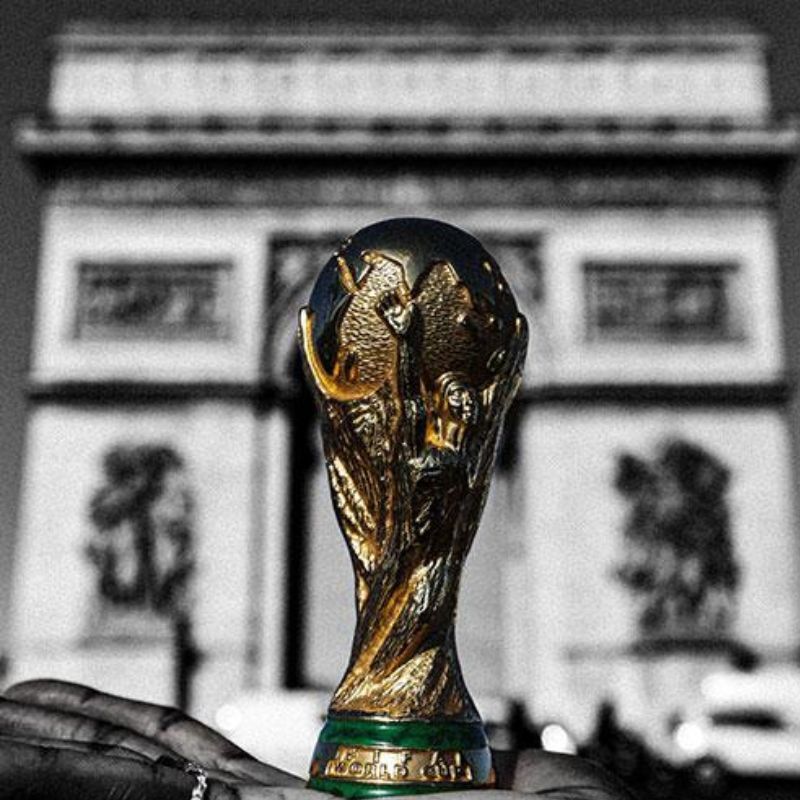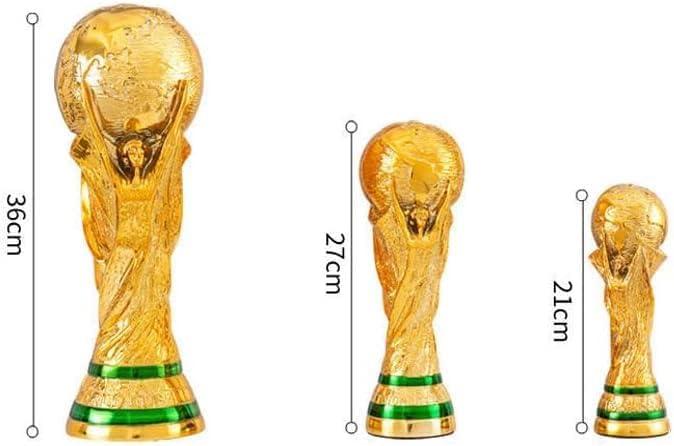The Hype, The Hunt, and The Hole in My Wallet
I swear, that last World Cup got to me. I watched every single damn match, shouting at the TV like a lunatic. When the final whistle blew, I wasn’t just happy for the winning side; I was buzzing with that pure, physical need for something to remember it by. Not a jersey, those just fade. I needed the ultimate symbol. I needed the trophy.

Man, did I decide fast. I jumped straight onto my laptop and started punching in search terms. “World Cup Trophy replica.” The results were insane. You got the official FIFA stuff that cost more than my monthly rent, and then you had this huge swamp of cheap knock-offs from places you’d never heard of. I threw out the official ones immediately. I’m a fan, not a museum curator. But I didn’t want a plastic happy meal toy either.
I spent maybe three days, probably a solid eight hours in total, just sifting through terrible product photos and broken English descriptions. I was trying to find that sweet spot: the replica that looked decent, felt heavy, and wouldn’t bankrupt me. I zeroed in on the “36cm Full Metal Resin” versions. They claimed to weigh around 7kg. That sounded serious. I read maybe fifty reviews, most of which looked like they were written by bots who only knew three words: “good,” “heavy,” and “fast.”
Finally, I committed. I picked a seller on an international marketplace that had maybe 85% positive feedback—which, in that world, is basically top-tier. I paid the money, which was about $150 USD plus another $40 for shipping because this thing was supposedly massive. I used PayPal, just in case things went south. I received an email confirmation that looked like it was designed in 1998, and then the waiting game began. They claimed 10 days. I knew better. I settled in for a long four weeks.
Tracking, Unboxing, and That Sinking Feeling
The tracking number they gave me was useless for the first two weeks. It just said “Pre-shipment.” I pestered the seller maybe four times, getting the standard boiler-plate responses. Then, suddenly, the tracking kicked in. The package moved from Asia, across the sea, through customs—a process that made me sweat because I wasn’t sure if customs cared about a fake golden cup coming into the country. Thankfully, they didn’t.
When the box finally arrived on my doorstep, it looked like it had been kicked across a continent. It was battered, taped up with clear packing tape, and smelled faintly of cheap industrial glue. I grabbed my box cutter and ripped into it right there in the living room.

Inside was the trophy, wrapped haphazardly in maybe three layers of cheap foam and thin bubble wrap. I pulled it out. And that’s when the reality hit.
First impressions:
- The Weight: They claimed 7kg. It was maybe 4kg, tops. It had decent heft, sure, but the bottom felt suspiciously hollow.
- The Shine: It was blindingly, unnaturally yellow. Like something that came out of a cartoon vault. Real gold has a warmth; this had a cheap, brassy glare.
- The Details: The little green malachite bands on the base? They weren’t smooth; you could feel the edge where they had been cheaply glued in. The engraving on the bottom wasn’t sharp; it looked fuzzy, like they used a dull tool.
I held it up to the light. I spun it around slowly, scrutinizing every seam. And there was a seam, clear as day, running down one side of the base where the two halves of the mold met. They had tried to paint over it, but the line was visible. This wasn’t a pristine collector’s item; it was a glorified shelf ornament.
The Verdict: Was it Worth the Hassle?
After maybe an hour of careful examination, I realized I’d bought exactly what I should have expected: a decent-looking knock-off that felt about 60% as good as I had hoped, for about 20% of the price of the real deal.
I briefly considered sending it back. I even messaged the seller about the weight discrepancy. They offered me a $10 partial refund and then completely ignored every message after that. I figured arguing for weeks over $100 wasn’t worth the headache, so I accepted the fate of the brassy yellow cup.

So, is buying a replica worth it? Here’s what I concluded after all that:
It depends entirely on why you want it.
If you want a genuine, museum-quality piece of art that perfectly replicates the original, don’t even bother. You are going to be disappointed by the shoddy craftsmanship and fake weight. Save up ten grand and buy a licensed mini version, or just fly to the actual museum.
But if you are like me—someone who just needed a heavy, golden-looking thing to put on a shelf during the next tournament to remind you of the frenzy, something that will catch the light behind the TV—then yeah, it’s fine. It serves its purpose as a fun, cheap, tangible reminder of the best month in sports.
I cleaned it off, polished the brassy shine a bit, and set it up high on my bookshelf next to a dusty old football. Every time I walk past it, I remember that final match and how absolutely manic I felt. And for $190 total, that sentimental payoff is just about enough to make me stop complaining about the awful seam running down the base. Just about.

